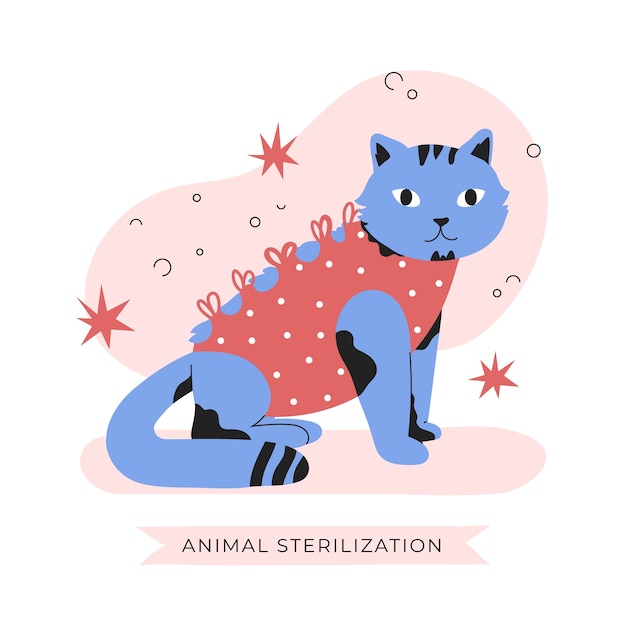The Pros and Cons of Flushable Cat Litter Alternatives
Wiki Article

In current years, the pattern towards eco-conscious living has actually extended to every aspect of our lives, including our cherished family pets. As family pet owners end up being increasingly familiar with the environmental impact of their furry buddies, the demand for natural cat litter has surged. But just what is natural cat litter, and why should animal owners consider making the switch? In this thorough guide, we'll look into the world of natural cat litter to explore its advantages, alternatives, and everything else you need to know.
As environmental consciousness grows among pet owners, the quest for sustainable cat litter alternatives has actually taken center phase. Standard clay-based litters, while popular, posture ecological issues due to their non-biodegradable nature and the ecologically extensive process of clay extraction. This has resulted in a surge in interest for eco-friendly alternatives that assure to be kinder to the planet without jeopardizing on efficiency. This post dives into the world of cat litter options, highlighting their advantages, disadvantages, and what to consider when making the switch.
Clay-based cat litters, especially those that are non-clumping, have actually been the go-to option for decades due to their absorbency and odor control homes. Nevertheless, their environmental footprint is concerning. The mining of salt bentonite, an essential element in clumping clay litter, is disruptive to ecosystems. Additionally, these litters do not deteriorate, contributing to land fill waste. Furthermore, the dust from clay litters can be harmful to both human and feline respiratory systems, prompting family pet owners to seek healthier, more sustainable alternatives.
Biodegradable options are made from a variety of plant-based materials, consisting of recycled paper, wood pellets, corn, wheat, and walnut shells. These materials not just break down naturally in the environment however also often come from eco-friendly resources, decreasing the environmental effect connected with their usage.
Recycled Paper Litter is made from post-consumer paper waste, became pellets or granules. It's extremely absorbent, practically dust-free, and perfect for felines and owners with breathing level of sensitivities. Nevertheless, it might not control smells as effectively as other materials and normally does not clump.
Wood Pellets, sourced from lumber scraps, offer a natural pine fragrance that reduces the effects of smells without artificial scents. They're low in dust and soak up moisture well, turning into sawdust when wet. The sawdust can be sifted out, making the litter last longer, though some cats may not choose the bigger pellet size.
Corn and Wheat Litter are understood for their clumping ability, similar to clay litters, making clean-up easy. They're naturally degradable and compostable, with natural enzymes that assist manage smells. Nevertheless, they can be more expensive than conventional litter and might draw in Robot Litter Boxes bugs if not kept correctly.
Walnut Shell Litter uses the natural absorbency of crushed walnut shells, providing exceptional odor control and clumping residential or commercial properties. It's dust-free and ecologically friendly but can be more costly and might not be suitable for cats with nut allergic reactions.
Silica gel litter, made from silica dioxide sand, oxygen, and water, is another alternative to clay. It's highly absorbent, manages smells effectively, and is low dust. While not biodegradable, it's lighter and can last longer than clay litter, needing less regular changes. However, its higher cost point and the texture, which some felines may find off-putting, are factors to consider for possible users.
Felines can be particular about their litter. Gradually introduce the brand-new litter by blending it with cat litter the old, cat litter boxes self cleaning increasing the percentage of the new litter in time to enable your feline to change.
Ecological Impact: Consider the lifecycle of the litter material, from production to disposal, to ensure it aligns with your ecological worths.
Health and wellness: Pick dust-free or low-dust options to protect both your and your cat's respiratory health. Guarantee the litter is complimentary from chemicals or scents that could harm your animal.
Expense: While some options might be more pricey upfront, their longevity and the amount required per change can make them economical in the long run.
The Future of Cat Litter Alternatives
The trend towards sustainable pet care products is growing, with innovations in cat litter alternatives blazing a trail. Future developments might consist of more effective eco-friendly products, enhanced smell control and clumping innovations, and even litter made from upcycled waste products. As consumer need for eco-friendly products boosts, we can anticipate to see a broader variety of options that do not jeopardize on benefit or efficiency.
The shift towards sustainable cat litter options is not simply a pattern but a reflection of a growing awareness of environmental issues among pet owners. While traditional clay litters have actually controlled the marketplace for many years, the variety of naturally degradable and innovative materials now readily available deals appealing choices for those wanting to reduce their ecological footprint. By thinking about aspects such as environmental impact, health and wellness, and feline acceptance, pet owners can make educated choices that benefit both their furry companions and the planet. As the market develops, the future of cat litter looks greener than ever, guaranteeing a win-win situation for felines, their owners, and the environment.